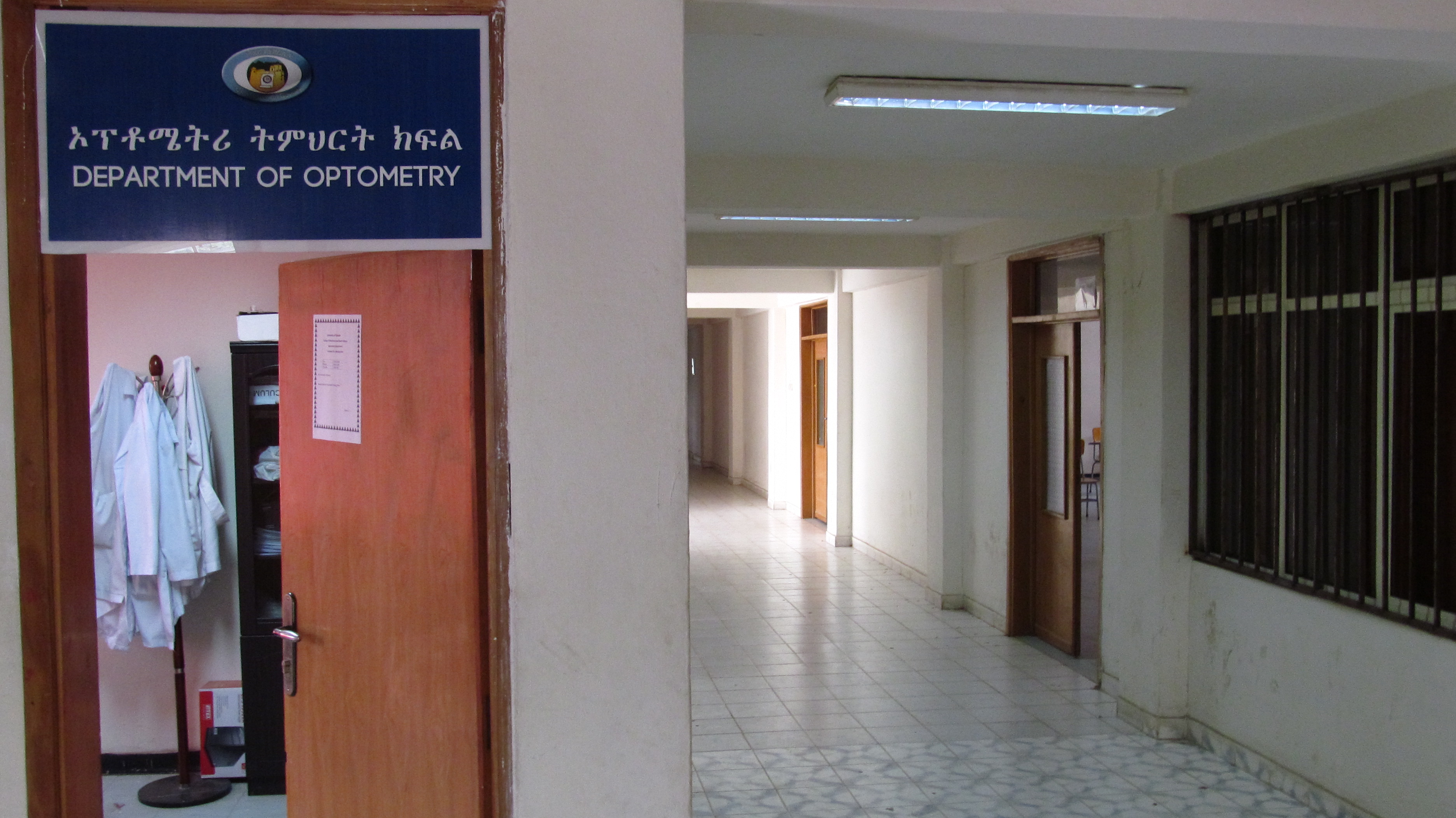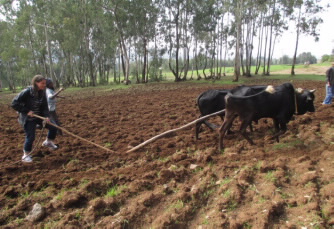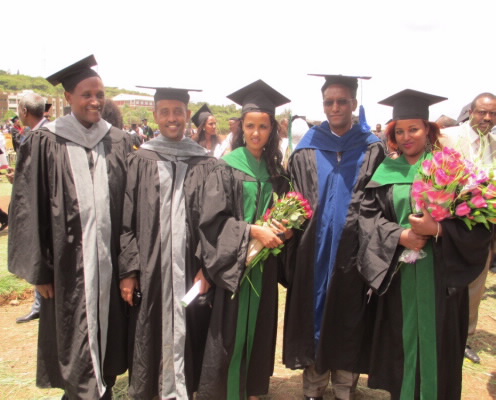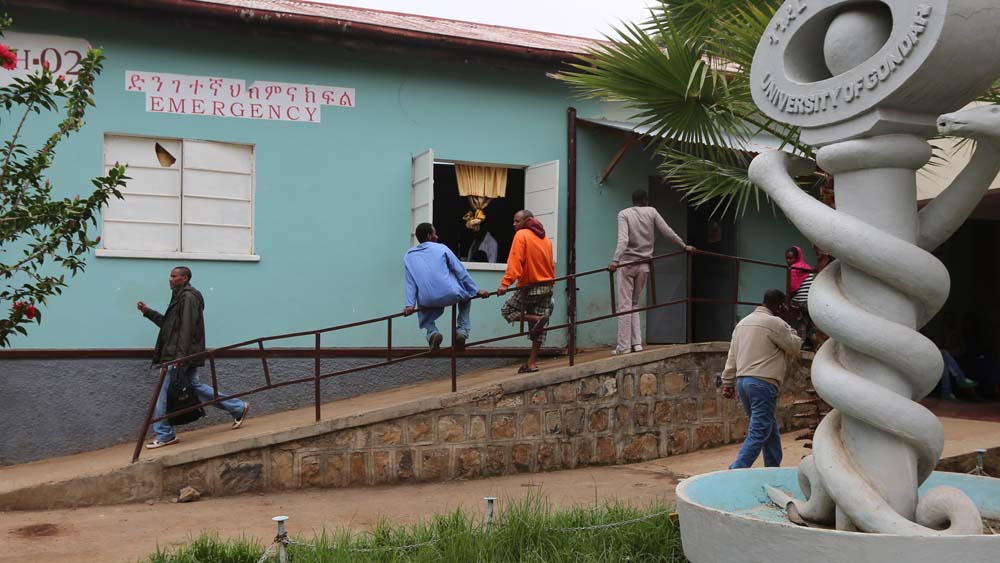By Armando Hoet
Associate Professor and Director of Ohio State’s Veterinary Public Health Program
Gondar, Ethiopia, Day 3
We changed venue today to fit some late arriving participants, which is great to know that you are gaining people as you go instead of the other way around. Because we changed venue, we started a little bit later than planned, just merely an hour. And as I mentioned before, you become a good jazz player in improvising and adjusting the timing and rhythm to be able to still produce a good melody.
The group is also starting to get more involved in the material, especially in the afternoon when we started the first group activities. They became really enthusiastic, and strong discussions and conversations occurred throughout the afternoon.
Interestingly, I wanted to film such heated interactions in Amharic (the official language), but as soon as I pointed the camera, silence. Got it, no filming.
In any case, I believe they are enjoying the course, especially because at the end of the day I received several requests for pictures.
I am not sure about you, but I do not have a lot of pictures requests from my students when I finish a class!
And of course, no matter what, do not forget the coffee break. During one of them we had the opportunity to enjoy Ethiopian donuts and learn more about our families and jobs (pay attention to the order of topics discussed).
 |
 |
 |
|---|
Finally, it is impossible not to be amazed by the amount of construction around. Hundreds and hundreds of buildings and houses all over the place.
The city is rising around you as I type this. The interesting part is that they are using beautiful basaltic rock.
The mountains surrounding the city are mainly composed of basalt volcanic rock, which are several millions of years old. Rocks that are incorporated in one way or another in their building and houses.
 |
 |
|---|
As one of my hosts indicated to me, “When you see such rocks in a building, you know you are in Gondar!” In short the rock is a symbol of the Gondar region.
From the Home of Lucy, the world’s oldest!







































